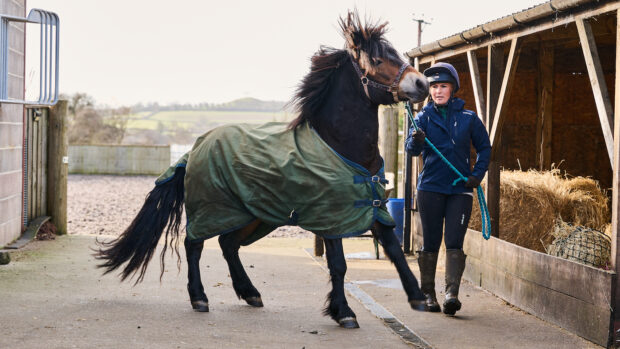Groundwork Exercises Every Horse Needs
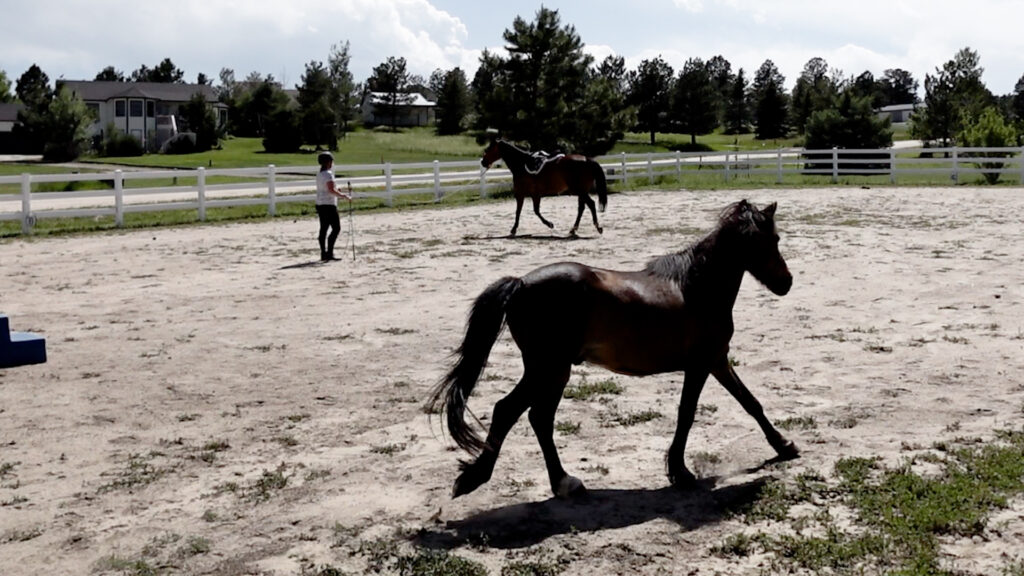
Groundwork is an essential part of horse training that builds trust, respect, and communication between horse and handler. It lays the foundation for all riding and handling activities, ensuring safety and cooperation. This article explores the key groundwork exercises every horse should learn, their benefits, and how to perform them effectively.
Why Groundwork is Important
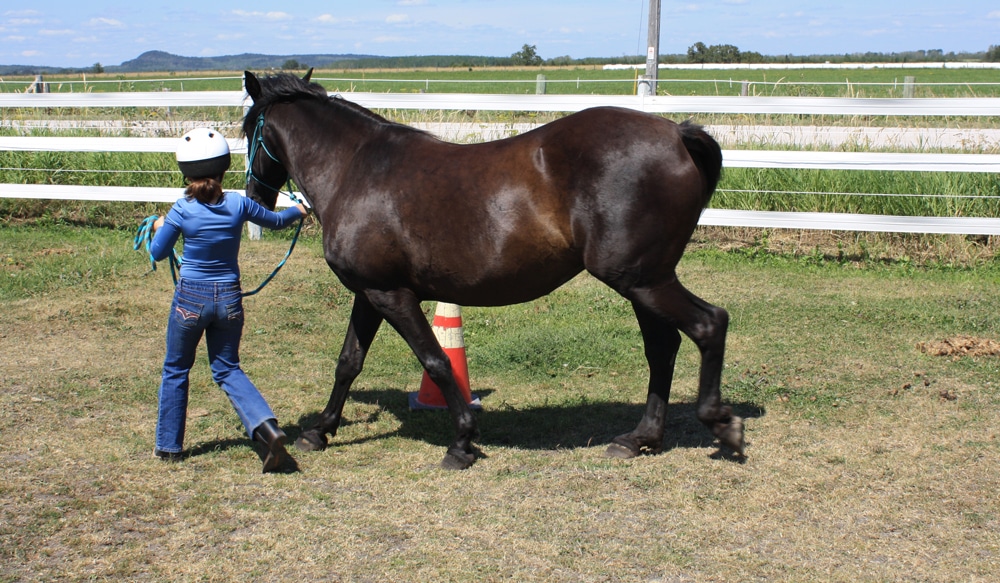
Groundwork helps establish leadership and clear communication. It teaches horses to respond to cues, develop balance and coordination, and become more confident and manageable. Regular groundwork can prevent behavioral issues and improve overall performance.
Essential Groundwork Exercises
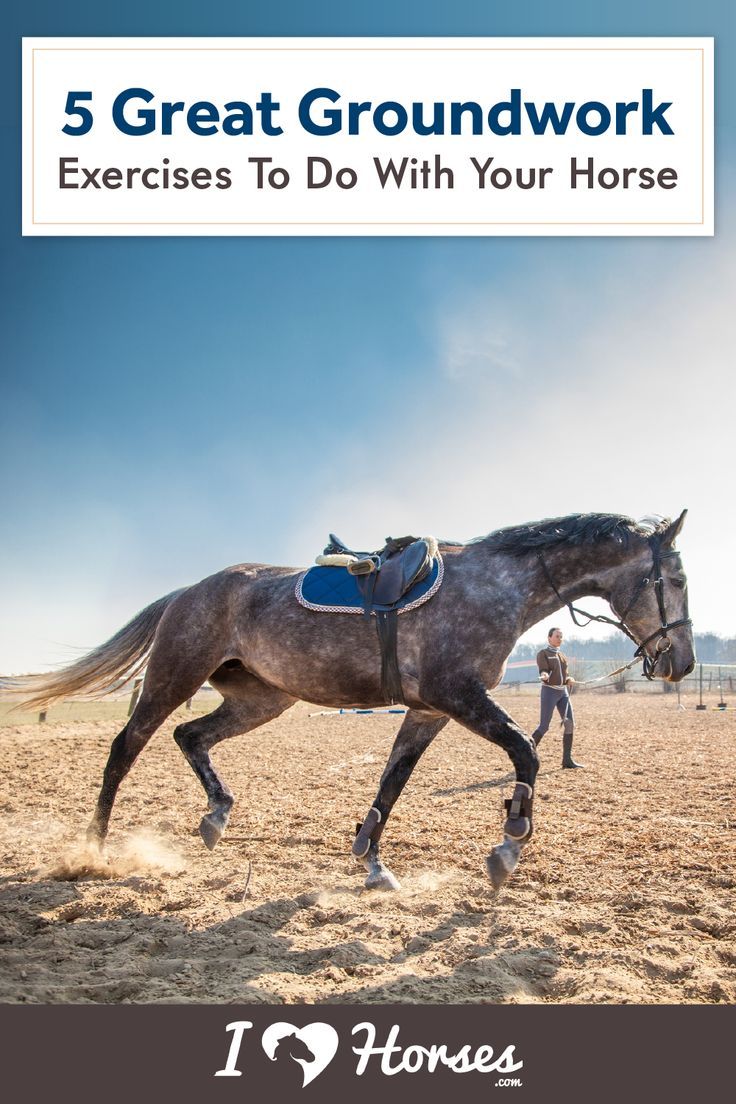
| Exercise | Purpose | How to Perform |
|---|---|---|
| Leading | Teach horse to walk calmly beside handler | Use a halter and lead rope; walk forward, encouraging the horse to stay by your side |
| Yielding to Pressure | Develop respect and responsiveness | Apply gentle pressure with a hand or stick; release when horse moves away |
| Lunging | Improve fitness and obedience | Use a lunge line in a circle; ask for walk, trot, and canter; reward compliance |
| Backing Up | Enhance control and responsiveness | Stand in front, ask horse to step backward using voice or hand signals |
| Desensitization | Reduce fear of new objects or situations | Introduce novel items gradually; reward calm behavior |
Tips for Effective Groundwork
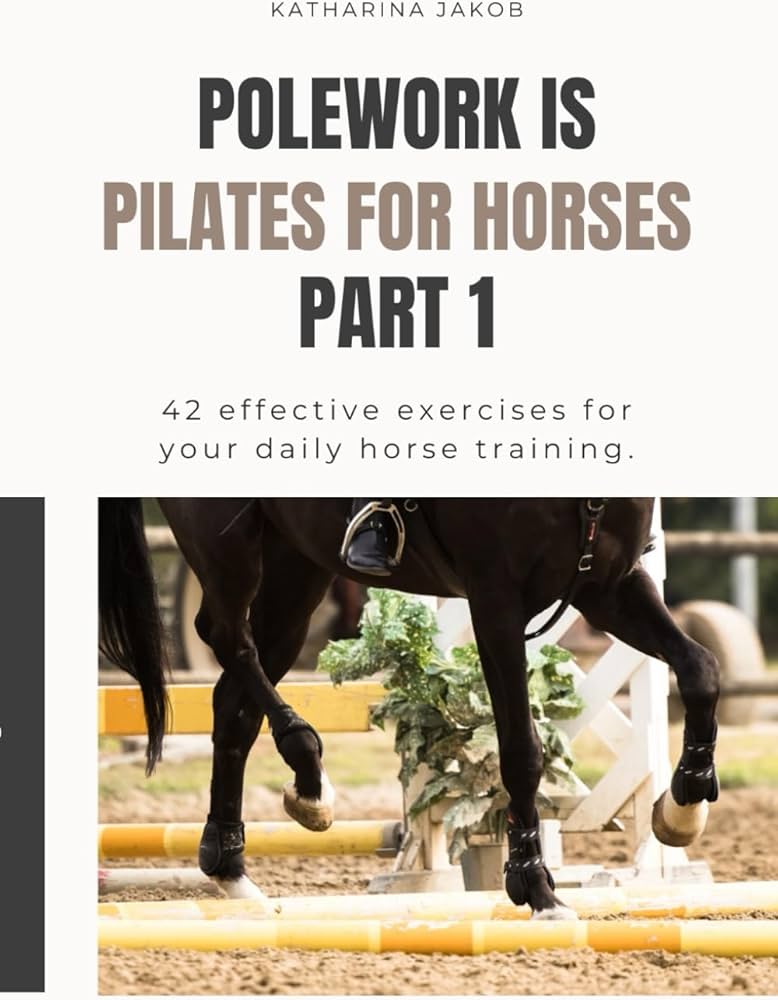
- Be consistent with cues and commands.
- Use positive reinforcement to encourage good behavior.
- Keep sessions short and focused to maintain the horse’s attention.
- Always prioritize safety for both horse and handler.
Frequently Asked Questions (FAQ)
Q: How often should groundwork be done?
A: Ideally, groundwork should be part of daily training sessions, even if brief, to reinforce learning and build a strong relationship.
Q: Can groundwork replace riding?
A: Groundwork complements riding but does not replace it. It prepares the horse mentally and physically for riding.
Q: What equipment is needed for groundwork?
A: Basic equipment includes a halter, lead rope, lunge line, and sometimes a whip or stick for cues.
Conclusion
Incorporating these groundwork exercises into your horse’s routine will foster a well-mannered, confident, and responsive partner. Groundwork is not just training; it’s the foundation of a lifelong partnership built on trust and respect.
